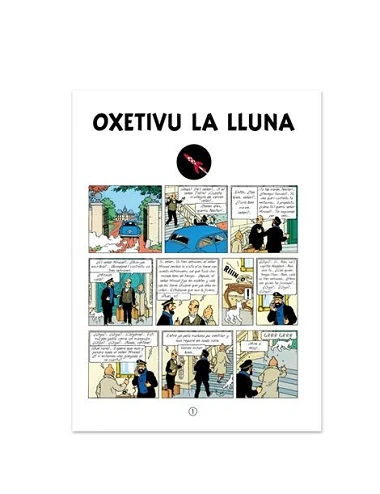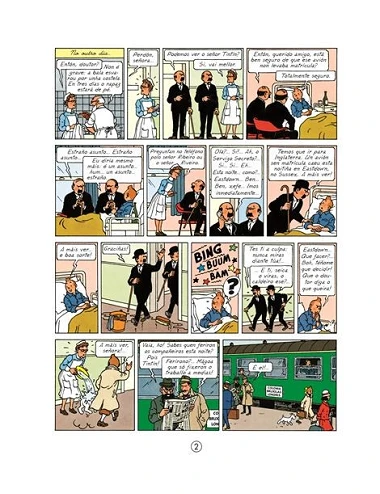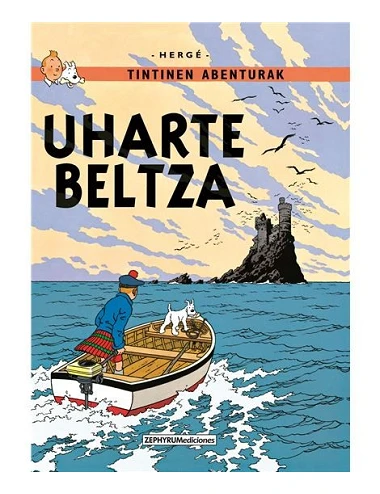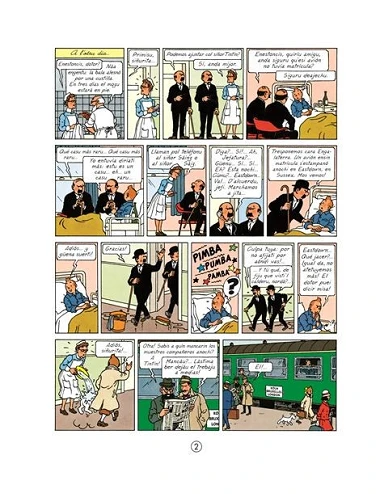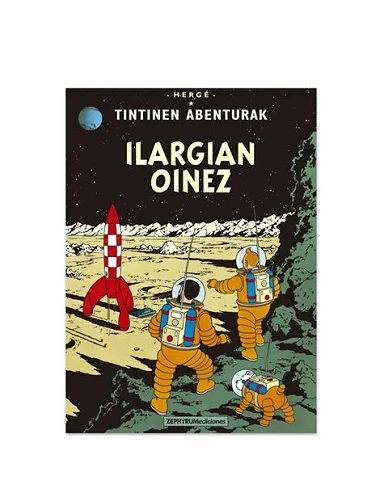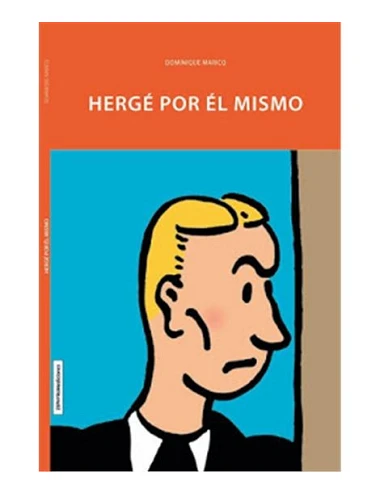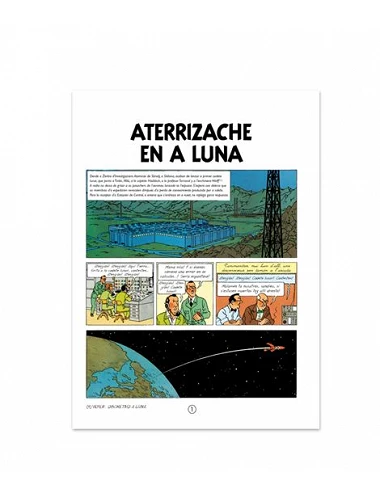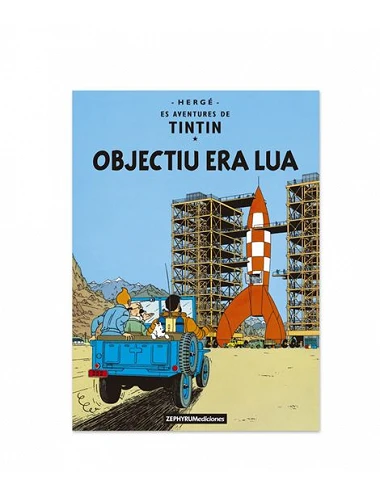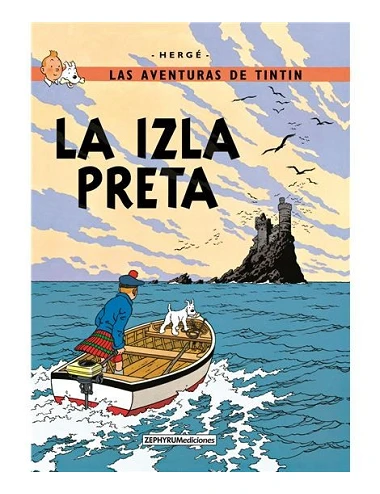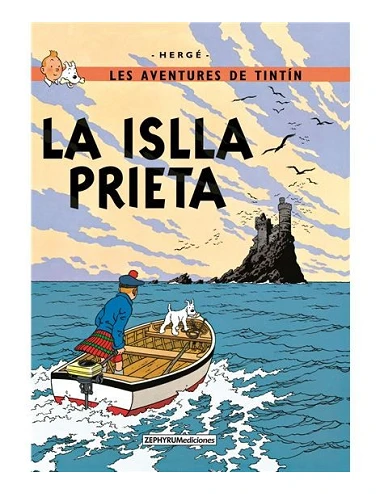The personal data requested through this form are the minimum necessary to your request and will be treated by EL REGALO DE CASTAFIORE, S.L. domiciled at CALLE DONOSO
CORTES N.º 20 LOCAL A , MADRID (MADRID), 28015 in accordance with the provisions of our PRIVACY POLICY in order to be able to answer any query you make from this form. form. The data collected by this form will not be transferred to third parties except by legal obligation.
We remind you that you have the right to access, rectification, limitation of treatment, deletion, portability and opposition to the treatment of your personal data, portability and opposition to the processing of your data by sending your request to the postal address indicated or to the e-mail or to the e-mail address GESTION@ELREGALODECASTAFIORE.ES. You can also contact
us for any further clarification.
I have read and accept the PRIVACY POLICY (required to send the form).
I wish to receive commercial information about products/services.





